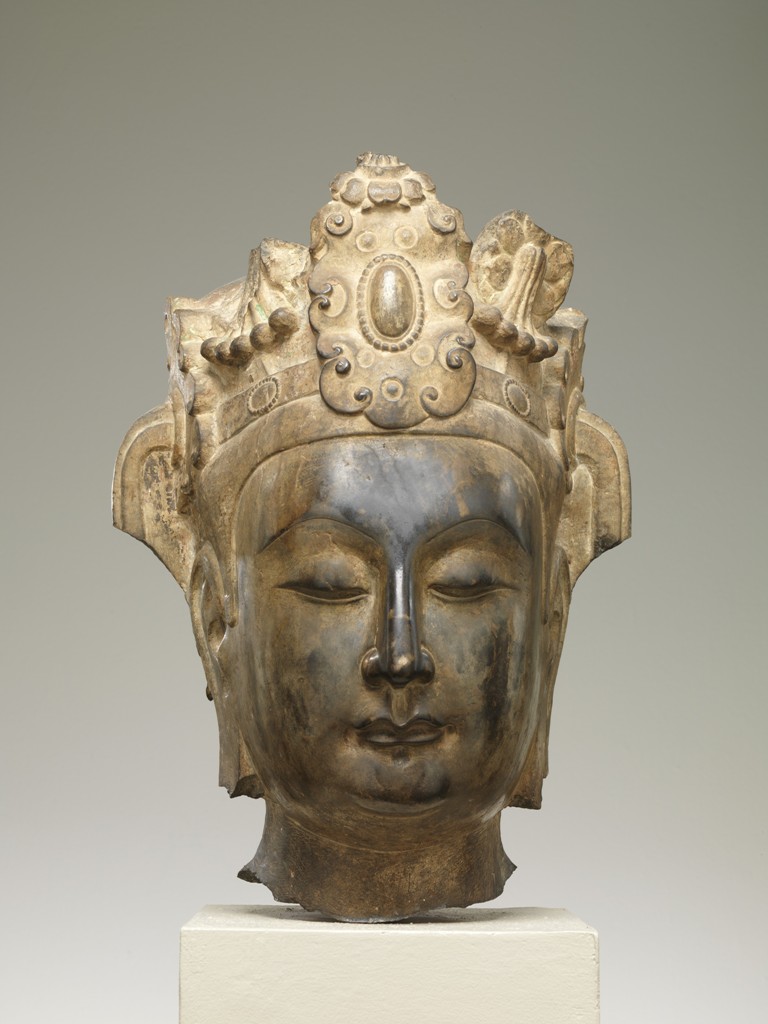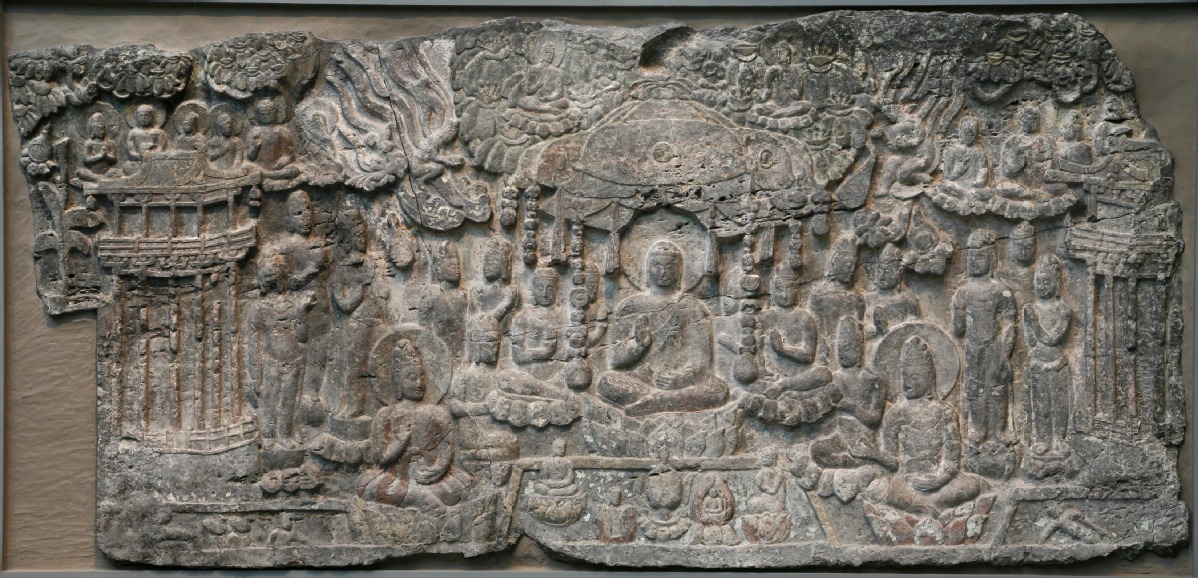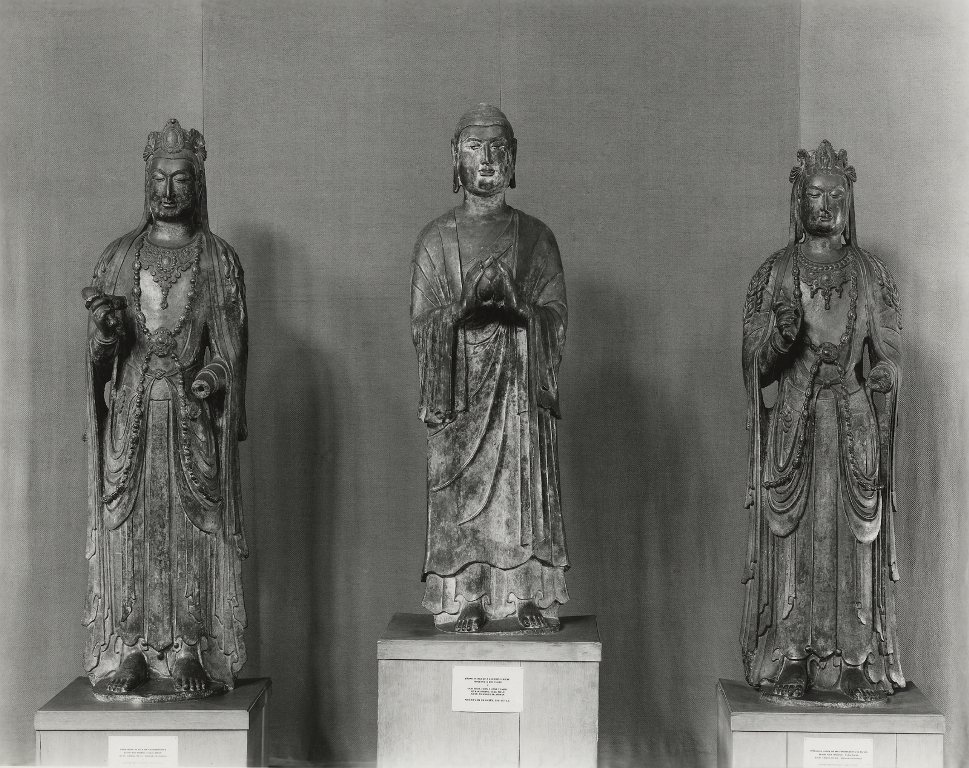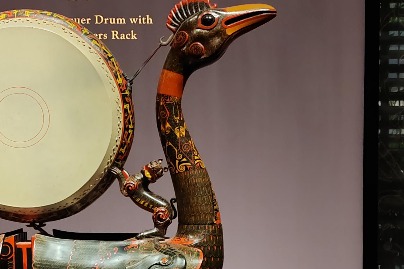Xiangtangshan Cave Complex

The Xiangtangshan Mountain (Mountain of the Echoing Halls) is a sub mountain range stretching from the east side of Mount Taihang in north China. It is located in the Fengfeng Coal Mine area of Handan, Hebei province. The mountain has two huge drum-shaped stones facing each other to the north and south. Legend has it that these two stones produce an everlasting sound, resonant but never disturbing; hence the name of the mountain.

The cave complex is dated to China's Northern Qin dynasty (550-577), a brief rulership when Buddhism was revered across the state. The founding emperor Gao Yang (r. 550-559) fervently spread the Buddhist art of stone grottoes with strong local and dynastic characteristics, setting examples for the ensuing Sui, Tang, Song, and Yuan dynasties (581-1368).

The Xiangtangshan cave complex consists of two groups, the north cave complex is the earliest and largest in scale and has three caves begun with imperial sponsorship; fifteen kilometers away from it, the southern group has smaller caves numbered from one to seven. The entire area boasts more than 4,300 Buddhist sculptures and carvings.
These imperial grottoes demonstrate distinguished characteristics of the kind dated from the mid to the late sixth century of China. Based on space and interior structural design, they can be categorized into two groups:
Large sized central-pillar caves: With an average ground area of six by eight meters and a height of four to eight meters, the caves are pierced with an entrance at the lower part of the front wall and windows at the upper part to allow the light to come into the caves’ interior. A square-sectioned pillar is built in the rear walls of the caves and transforms the inner space into a circular corridor.
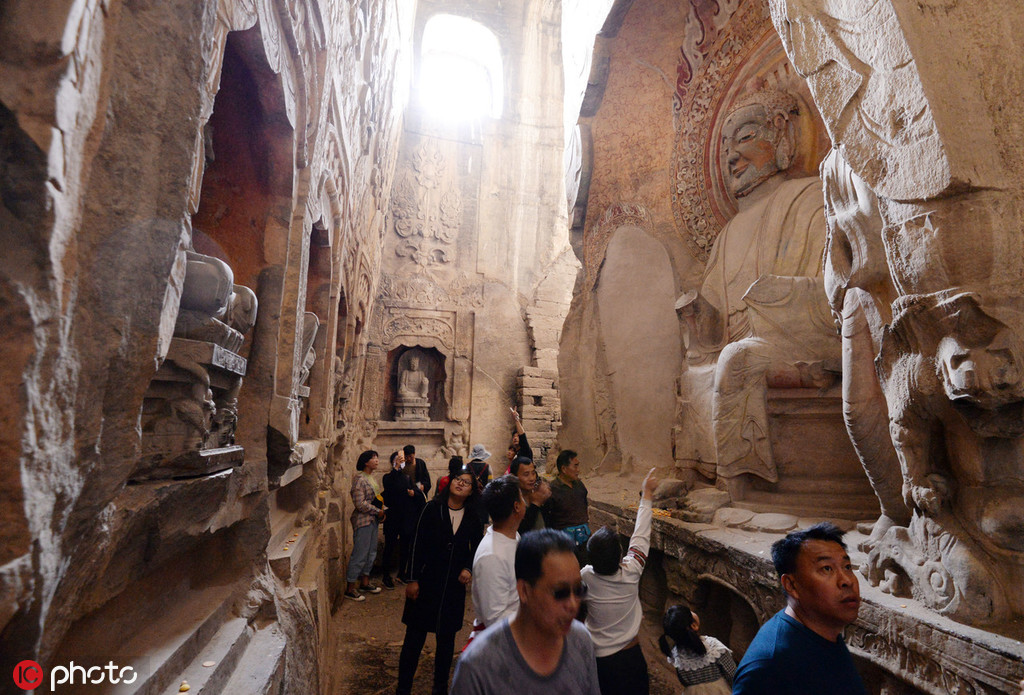
Small sized open space cave: The main chamber of the cave is an open chamber space with niches or alters set around three walls apart from the one containing the entrance.

Archaeological field surveys have found that the facades of most caves at Xiangtangshan were designed and constructed in an authentic architectural style, be they a Buddhist hall or a stupa. When entering the cave, one feels like entering a solemn architectural space and is more ready to worship the Buddha.
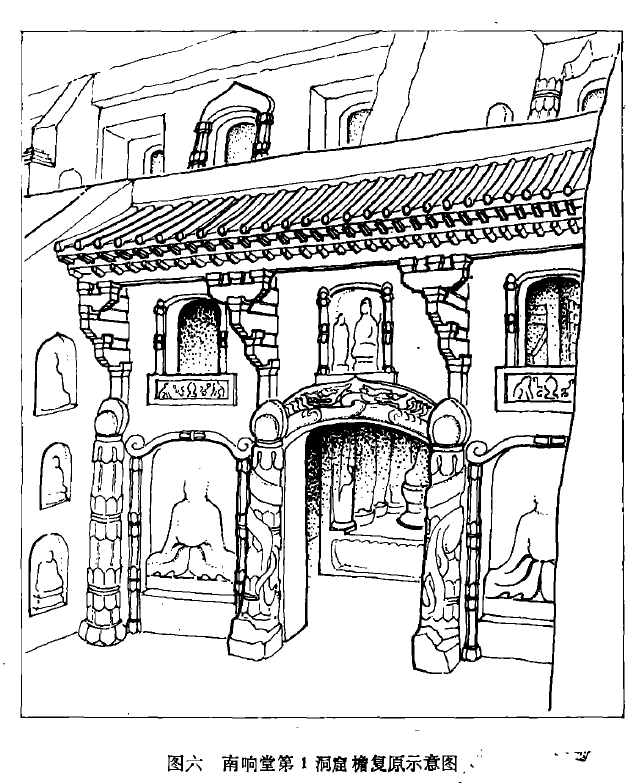
In the early 20th century, the Xiangtangshan cave complex was badly preserved and guarded. Antique dealers had some of the Buddhist sculptures and relief carvings torn out of the grottoes and sold to overseas organizations and private collectors.
